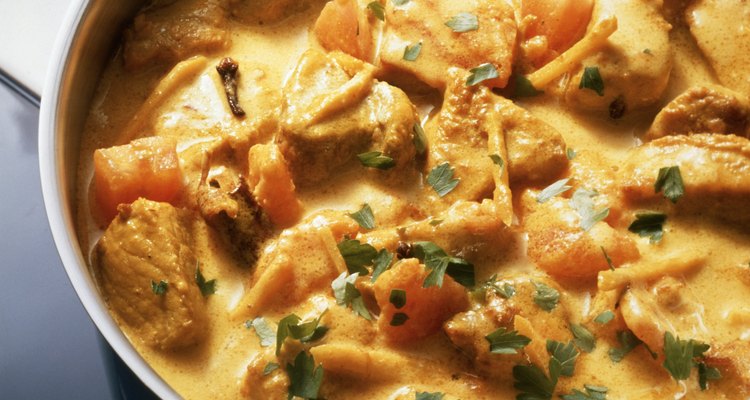
Yogurt adds a creamy tang to many dishes, from creamed spinach to curry. But when you add yogurt to a simmering sauce, it can curdle, leaving you with a saucepan full of watery liquid and chunky curds. Learn the tricks to cooking yogurt without letting it curdle, and enjoy its flavor and texture in your next meal.
Fat is a Good Thing
Yogurt curdles when the protein strands congeal, or tighten up, when they are exposed to heat. Fat coats the protein strands, preventing them from tangling up with each other to create curds. If you add a nonfat or low-fat yogurt to a simmering sauce, it will curdle more easily than the full-fat version because it does not have as much fat to protect the proteins from the heat of the sauce.
A Little Insurance
If you do not have full-fat yogurt, or you just want to be doubly certain your yogurt will not curdle when you cook it, add 1 teaspoon of flour or cornstarch per 1 cup of yogurt. Stir the flour or cornstarch into the yogurt before you add it to the sauce to prevent lumps. The starch in the flour or cornstarch prevents the proteins in the yogurt from tangling together.
Low and Slow
High heat is the root cause of curdled yogurt in cooked sauces. Lowering the heat to a bare simmer will cook the yogurt more gently, and lessen the risk of curdling.
Don't Lose Your Temper
If you have time, let the yogurt come to room temperature before adding it to your sauce. If you must start with cold yogurt, temper it before adding it to your sauce. Transfer the yogurt to a heat-proof bowl. Ladle a spoonful of the hot sauce into the bowl and whisk to combine it with the yogurt. Continue to add the simmering sauce to the yogurt, one spoonful at a time, until the yogurt is warm to the touch. Whisk the tempered yogurt into the sauce.
Related Articles
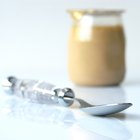
How to Freeze Yogurt Sauce

How to Use Ricotta Cheese for Cream ...
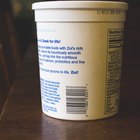
How to Freeze Greek Yogurt

What Happens When You Heat Up Greek ...
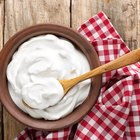
How to Use Yogurt or Sour Cream Instead ...
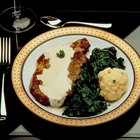
How to Substitute Yogurt for Milk in ...

What Is Ratio for Cornstarch & Water to ...

Cooking Yogurt Without Curdling It

Can You Bake Greek Yogurt?
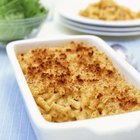
Why Does a Sauce Curdle?
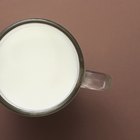
Why Does Milk Curdle When it Is Mixed ...

How to Thicken Sauce With Powdered ...

How to Use Pectin to Thicken Sauces

How Can I Counteract the Sourness of a ...

How Long Can You Refrigerate Nacho ...
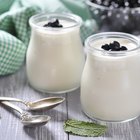
The Amount of Lactose in Yogurt

How to Skim Grease in Sauce

Heart Healthy White Sauces
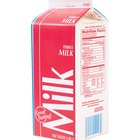
How to Make Penne Vodka With No Heavy ...

What Is Balkan Yogurt?
References
Writer Bio
Tricia Ballad is a writer, author and project geek. She has written several books including two novels, teaches classes on goal setting and project planning for writers, and loves to cook in her spare time. She is living proof that you can earn a living with a degree in creative writing.
Photo Credits
Eising/Photodisc/Getty Images